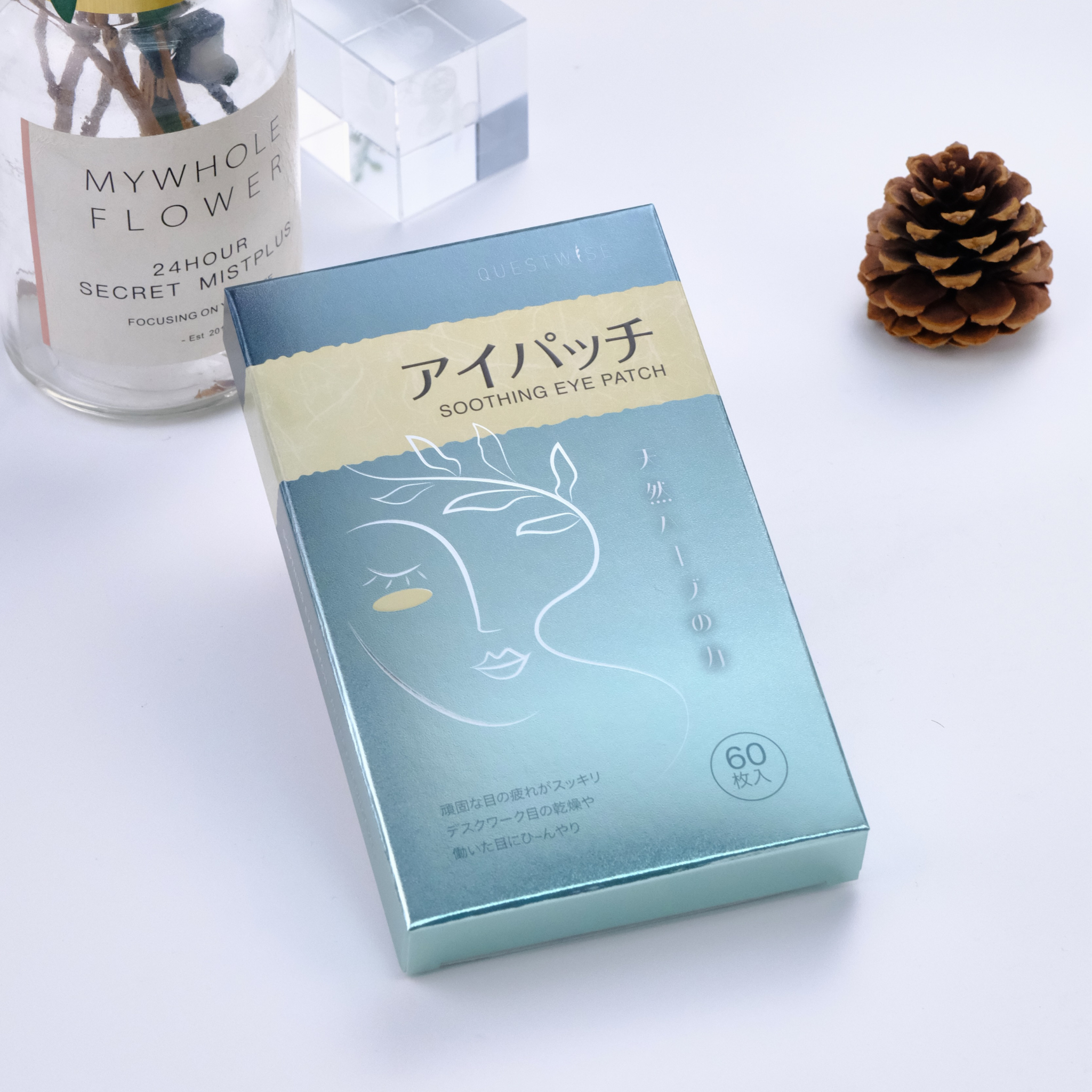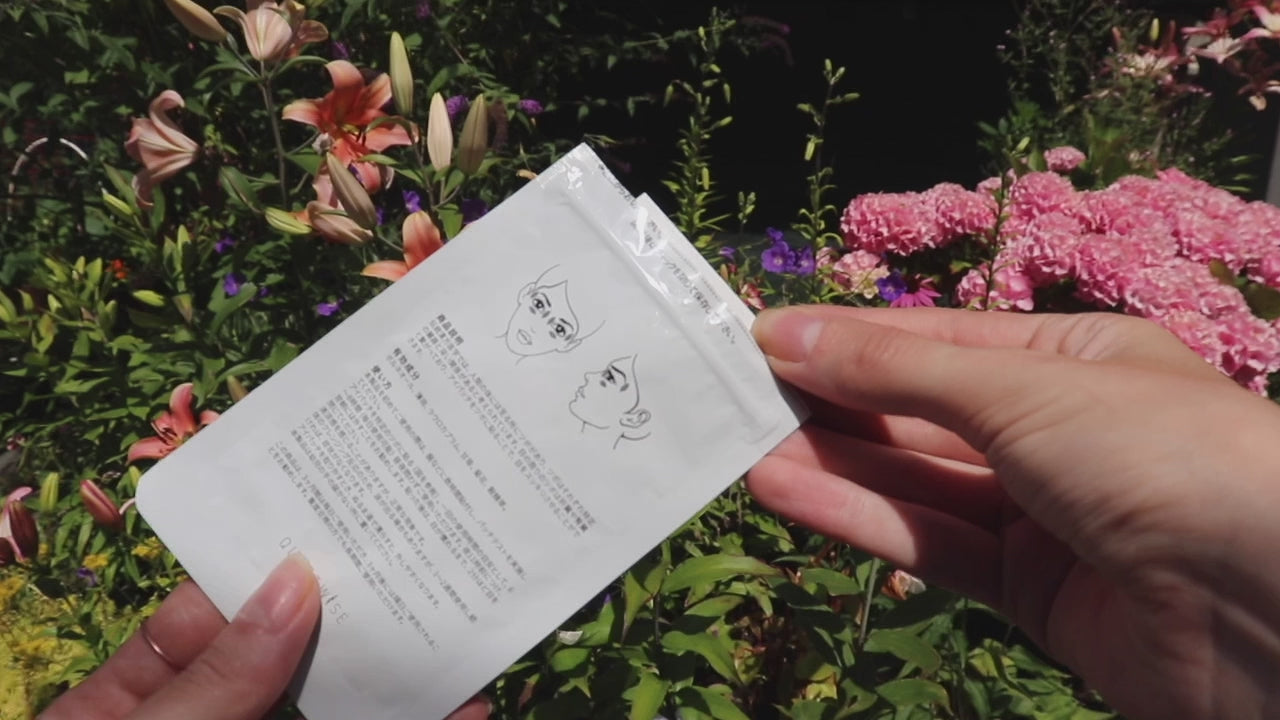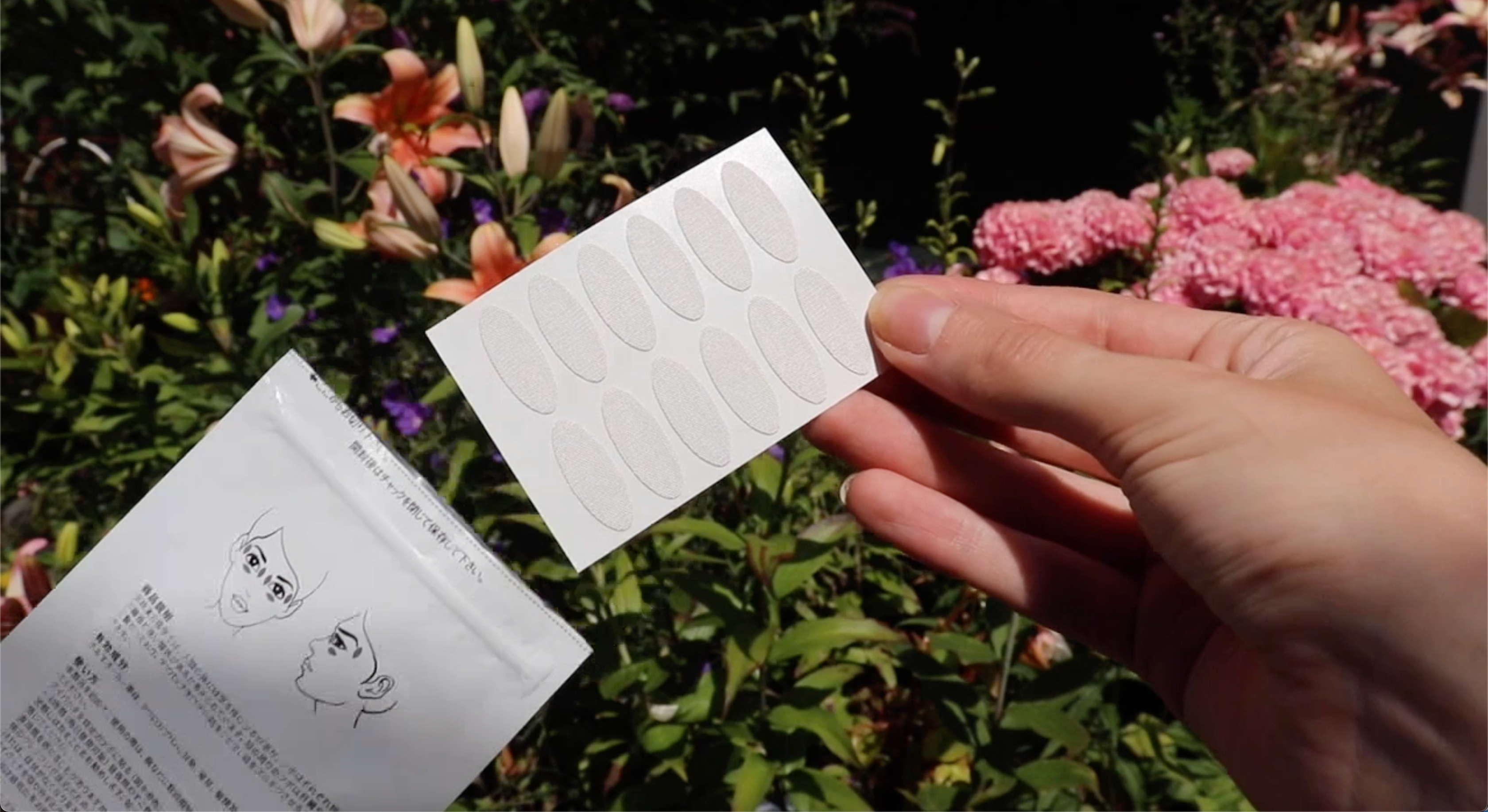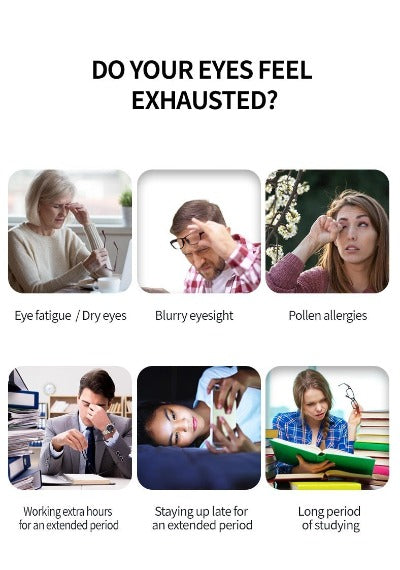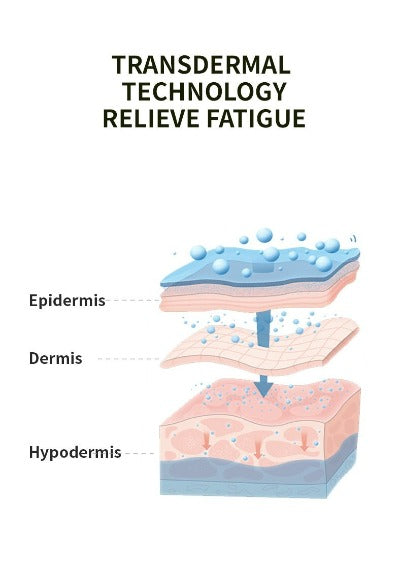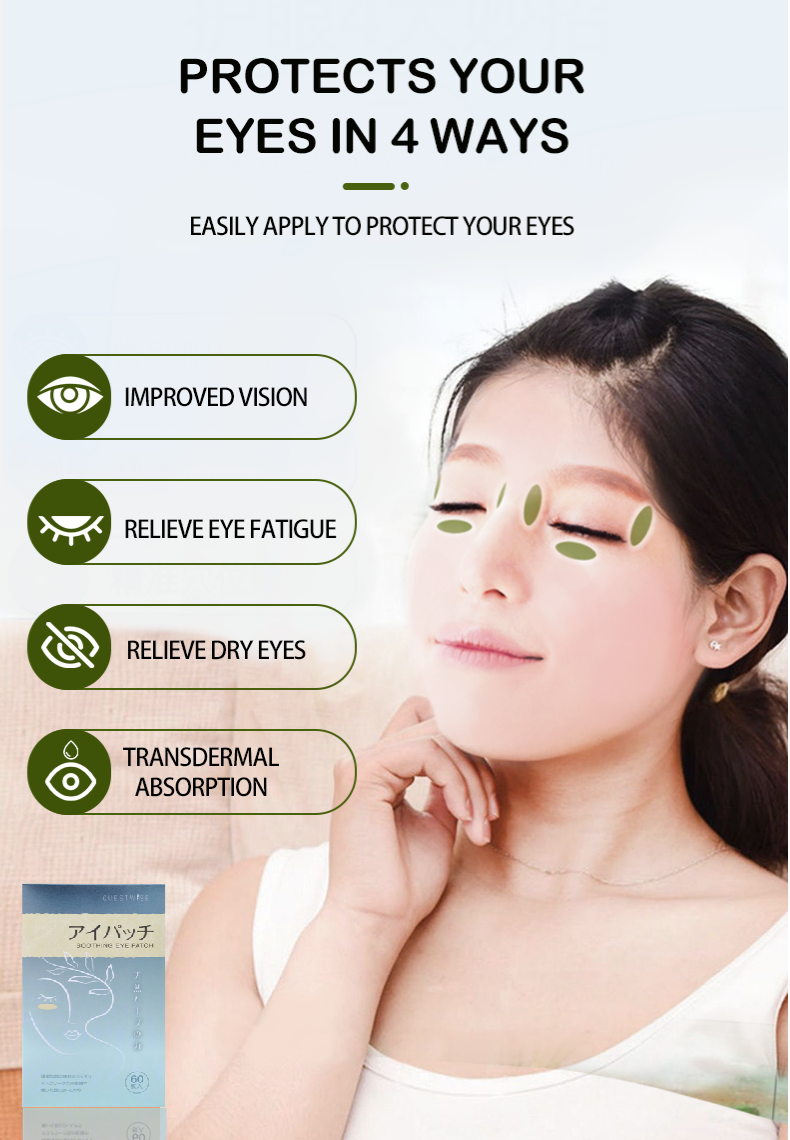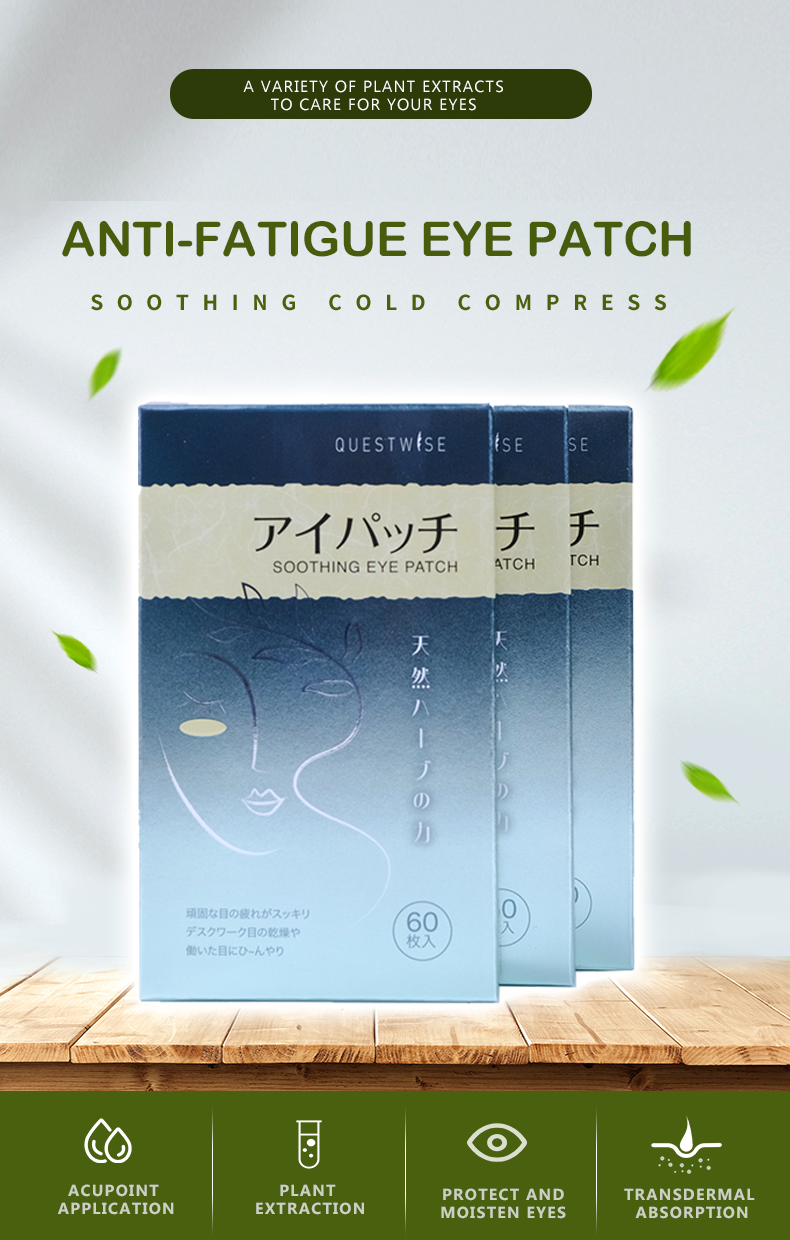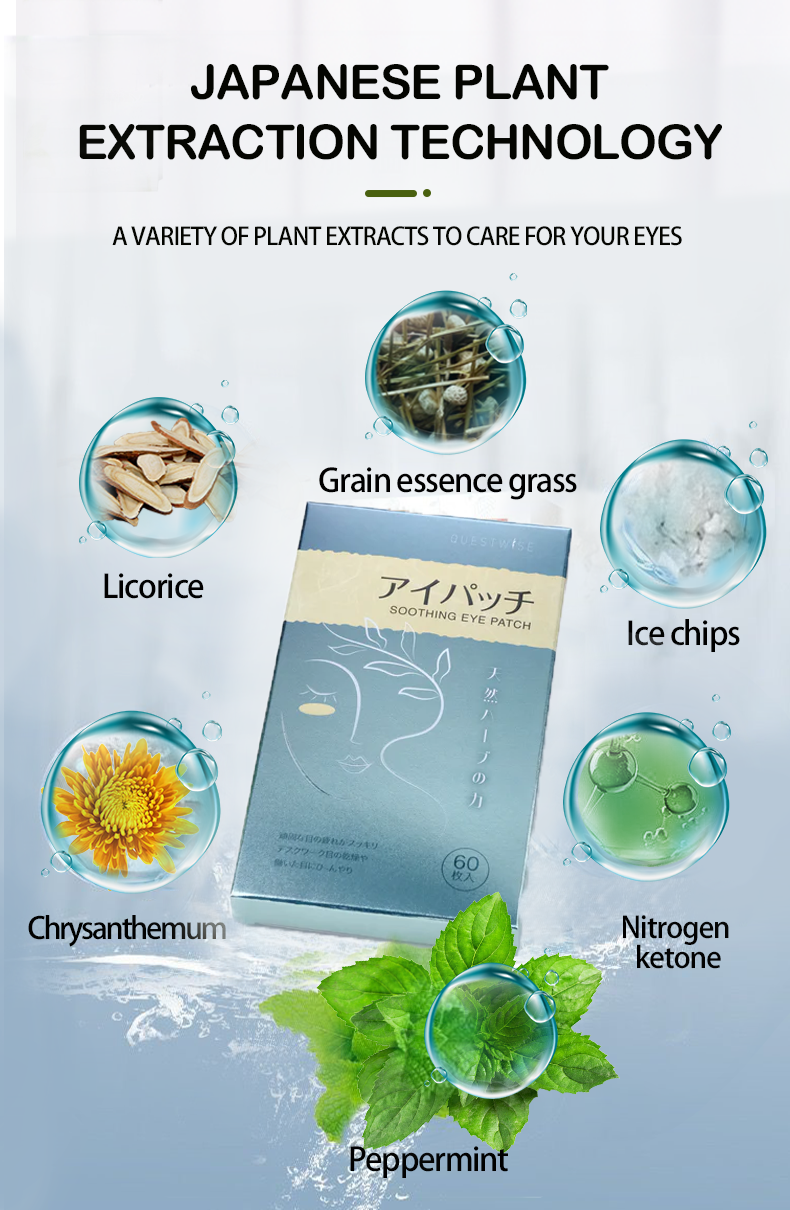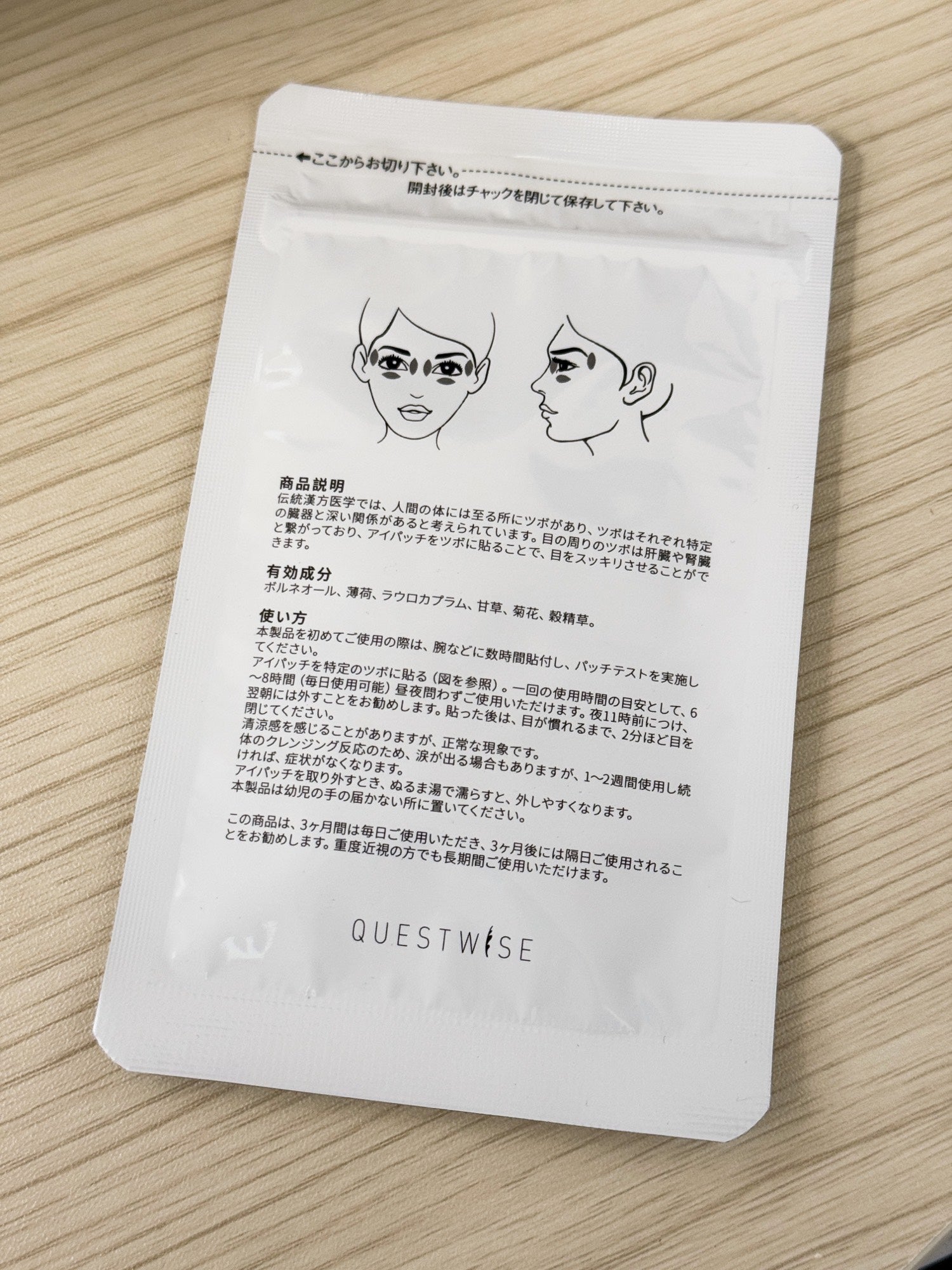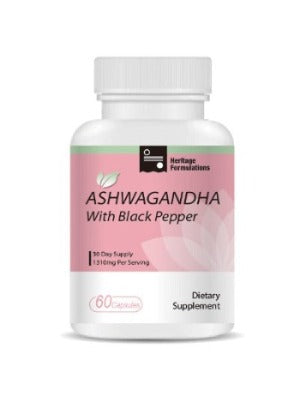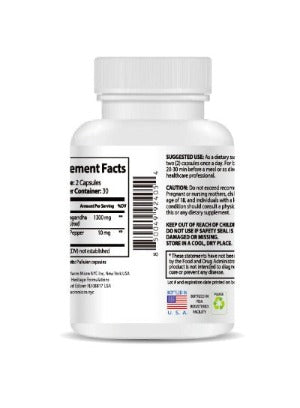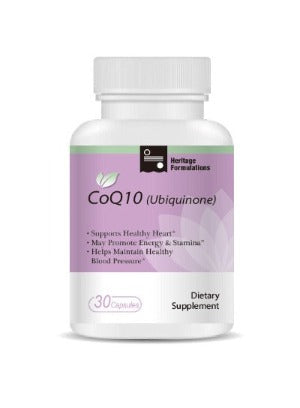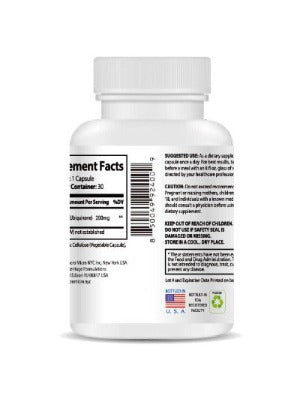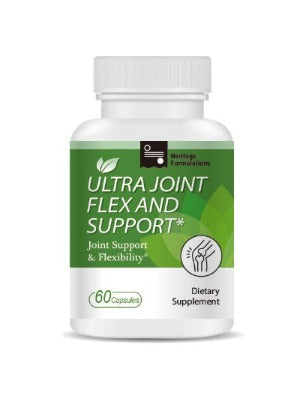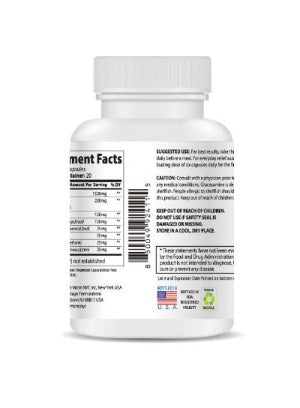Dry Eye Is More Than Screen Strain—Here’s What You’re Missing
You pop out your contact lenses after a long day, only to feel like your eyes are screaming for relief—gritty, red, and irritated, as if you’ve been staring at a desert horizon. If this sounds familiar, you’re among the 60% of contact lens wearers battling dry eye syndrome, a risk four times higher than the general population’s 14-33%, according to research. While many blame screen time, the real culprit often lies deeper: Meibomian Gland Dysfunction (MGD), a condition that disrupts your eyes’ natural moisture balance. Left unchecked, dry eyes can lead to corneal infections costing $1,000-$3,000 or vision correction surgeries up to $5,000. What’s causing this discomfort, and how can you protect your eyes? This guide uncovers the hidden drivers of dry eye for contact lens wearers, explores the risks of ignoring symptoms, and shares practical solutions to keep your vision clear and comfortable—because your eyes deserve more than temporary fixes.
Dry Eye: It’s Not Just About Screens
It’s easy to point fingers at screens when your eyes feel dry—after all, Americans average hours of daily screen time. But for the 140 million contact lens wearers worldwide, dry eye syndrome is a far bigger issue, affecting 60% of users compared to just 14-33% of the general population. That’s a risk up to four times higher, and it’s not solely due to staring at your phone or laptop. The primary driver? Meibomian Gland Dysfunction (MGD), a condition that undermines your eyes’ ability to stay lubricated, especially when you wear contacts.
The Tear Film: Your Eyes’ Protective Shield
Your eyes rely on a tear film—a thin layer of water, oils, and mucus—to stay hydrated and healthy. The oily layer, produced by meibomian glands in your eyelids, prevents tears from evaporating too quickly. MGD occurs when these glands become clogged or produce insufficient oil, causing tears to dry up faster. Contact lenses make this worse by:
-
Slashing Blink Rates: You typically blink 15 times per minute, spreading tears evenly. Contacts can reduce this to 5 blinks, starving the tear film of moisture.
-
Limiting Oxygen: Lenses restrict oxygen flow to the cornea, stressing the eye surface and amplifying MGD-related dryness.
For contact lens wearers, especially those wearing lenses for 8+ hours daily, this creates a perfect storm of irritation, leading to red, gritty eyes that make daily tasks a struggle.
Symptoms Beyond Screen Fatigue
Dry eye symptoms from MGD go beyond what you’d expect from screen time:
-
Gritty Sensation: A feeling like sand is trapped in your eyes.
-
Redness and Itchiness: Bloodshot eyes or an urge to rub them constantly.
-
Blurred Vision: Trouble focusing, especially after long lens wear.
-
Floaters or Light Sensitivity: Specks in your vision or discomfort in bright light.
These symptoms signal a problem that can’t be fixed by simply looking away from your screen. Without action, MGD-driven dry eye can lead to serious complications, impacting your vision and quality of life.
The Hidden Dangers of Untreated Dry Eye
Dry eye syndrome, particularly when caused by MGD, is a progressive condition that worsens without intervention. For contact lens wearers, ignoring symptoms can lead to significant risks:
-
Corneal Infections: Chronic dryness can inflame the cornea, increasing infection risk. Treatments cost $1,000-$3,000, from eye drops to specialist care, with severe cases requiring hospitalization.
-
Vision Issues: Persistent dry eye may contribute to floaters or pseudo-myopia, affecting clarity, especially for younger wearers who overuse contacts.
-
Lifestyle Disruptions: Red, irritated eyes can erode confidence in professional settings, make studying harder, or turn social outings into a chore.
The stakes are high, both financially and emotionally. Take Sarah, a 26-year-old software developer in San Diego. She wore contacts for 10 hours daily, ignoring the grittiness to meet coding deadlines. “My eyes were so red, it was embarrassing,” she says. “Blurred vision started affecting my productivity.” Or consider James, a 43-year-old teacher in Philadelphia, whose dry eyes made lesson planning a struggle. “I feared needing surgery,” he admits. These stories highlight why addressing MGD early is critical—to avoid thousands in medical bills and reclaim your daily comfort.
Artificial tears, a popular quick fix, often disappoint. Many contain preservatives that can irritate eyes with long-term use, offering only fleeting relief without addressing MGD’s root cause: a disrupted tear film. So, how can you protect your eyes effectively?
Practical Solutions to Combat Dry Eye
Dry eye doesn’t have to define your experience as a contact lens wearer. With science-backed strategies, you can prevent symptoms, relieve discomfort, and safeguard your vision. Here’s how to take charge.
Preventing Dry Eye and MGD
If you’re not yet experiencing symptoms but want to stay proactive, these habits can keep MGD at bay:
-
Choose High-Oxygen Lenses: Silicone hydrogel lenses allow more oxygen to reach your cornea, reducing dryness and MGD risk.
-
Limit Lens Wear: Cap contact use at 8 hours daily. Remove lenses during naps or downtime to let your eyes breathe.
-
Blink Intentionally: Blink every few seconds, especially during focused tasks, to support tear flow and meibomian gland function.
-
Stay Hydrated: Drink 8-10 glasses of water daily to bolster tear production and overall eye health.
-
Explore Natural Relief: Products like WiseQuest Herbal Eye Patches, made with chrysanthemum, mint, and licorice, offer a preservative-free way to nourish your eyes and prevent dry eye symptoms, keeping your vision comfortable.
Relieving MGD-Driven Dry Eye Symptoms
If you’re already dealing with grittiness, redness, or blurred vision, these targeted strategies can help:
-
Use Warm Compresses: Apply a warm, damp cloth for 5-10 minutes daily to unclog meibomian glands and boost tear film oils.
-
Avoid Irritants: Steer clear of smoky rooms, dry climates, or heavy air conditioning, which worsen MGD symptoms.
-
Skip Preservative-Heavy Eye Drops: These can aggravate irritation over time. Instead, consider natural solutions like WiseQuest Herbal Eye Patches to soothe redness and discomfort caused by contacts.
-
See an Eye Specialist: If symptoms persist, consult an optometrist to assess MGD severity or rule out other conditions.
Real-Life Success Stories
These strategies have transformed lives for contact lens wearers:
-
Sarah, 26, San Diego: “High-oxygen lenses and natural eye care products stopped my eyes from feeling gritty. I’m coding with ease again.”
-
James, 43, Philadelphia: “Warm compresses and natural relief ended my red-eye struggles. I’ve saved on treatments and feel refreshed.”
-
Mia, 21, Boston Student: “Dry eyes made studying impossible. Better lens habits and natural solutions cleared my vision and boosted my grades.”
These solutions work because they tackle MGD’s core issue—meibomian gland dysfunction and tear film imbalance—helping you avoid complications and maintain eye health.
Why WiseQuest Stands Out
For contact lens wearers seeking a natural way to combat MGD and dry eyes, WiseQuest Herbal Eye Patches are a top choice. Crafted in Japan with an 86% user satisfaction rate, these patches use chrysanthemum (antioxidants), mint (anti-inflammatory), and licorice (circulation-boosting) to support eye comfort. At just $3 a day—less than your morning coffee—WiseQuest offers a preservative-free alternative to artificial tears, trusted by millions globally.
Take Control of Your Eye Health Today
Dry eye syndrome, driven by MGD, affects 60% of contact lens wearers—four times the risk of others. It’s more than screen strain; it’s a real threat to your vision and wallet, with potential $3,000 treatment costs looming. Don’t let red, gritty eyes hold you back. With simple habits and natural solutions like WiseQuest Herbal Eye Patches, you can keep your eyes comfortable and your vision sharp. Ready to act? Try a $5 trial pack or grab a $30 10-day pack with a 30-day money-back guarantee at wisequest.com. Protect your eyes now—clear vision is worth it!


